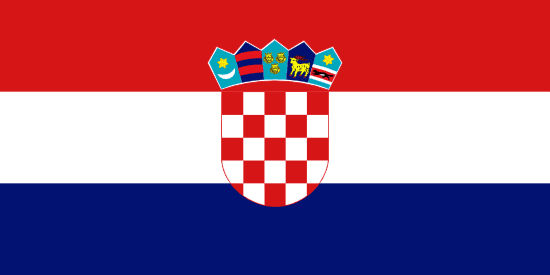"Monumenti sunt immortalia | Monuments are immortal"
About:
Zadar, a city in Croatia, was founded by the Liburnians in the 4th century BC. It became a Roman colony in 48 BC, later falling to the Byzantine Empire, Venetian Republic, and the Ottoman Empire. It was part of Italy from 1920-1947, then Yugoslavia, and finally independent Croatia in 1991. Despite extensive WWII bombing, Zadar retains a rich historical architecture, including Roman, medieval and Renaissance-era monuments. Today, it's a significant tourist destination and cultural hub.
When to visit:
Zadar, a picturesque coastal city in Croatia, boasts a Mediterranean climate with warm summers and mild winters. The ideal time to visit Zadar is during the summer months of June to August when the weather is pleasantly warm for exploring the city's historic sites, lounging on its beautiful beaches, and enjoying outdoor activities. This peak tourist season offers a vibrant atmosphere with numerous cultural events and festivals taking place throughout the city. However, for a quieter experience and more affordable accommodation, consider visiting in the shoulder seasons of spring (April to May) or fall (September to October).
When to avoid:
The worst time to travel to Zadar, Croatia on a holiday is during the peak summer months of July and August. These months experience the highest influx of tourists, leading to crowded attractions, long lines, and limited accommodations. Additionally, the hot and humid weather during this time can be uncomfortable for sightseeing and exploring the city. To avoid the crowds and make the most of your trip, consider visiting Zadar during the shoulder seasons of spring or fall when the weather is milder and tourist numbers are lower.
Winter
The winter season in Zadar can be quite cold, with temperatures often dropping below freezing, and it is also the time when the city gets most of its rainfall, making it a less appealing time for tourists.
Summer
The summer season is the best time to visit Zadar because the weather is warm and sunny, perfect for exploring the city's historic sites and enjoying its beautiful beaches.
Language:
In Zadar, the most commonly spoken language is Croatian, as it is the official language of Croatia. However, due to the city's popularity as a tourist destination, English is also widely spoken, particularly in hospitality and tourism sectors. Italian is another language frequently heard, reflecting its historical ties with Italy. Additionally, German and French are spoken to a lesser extent, mainly amongst older generations and in the tourism industry.




